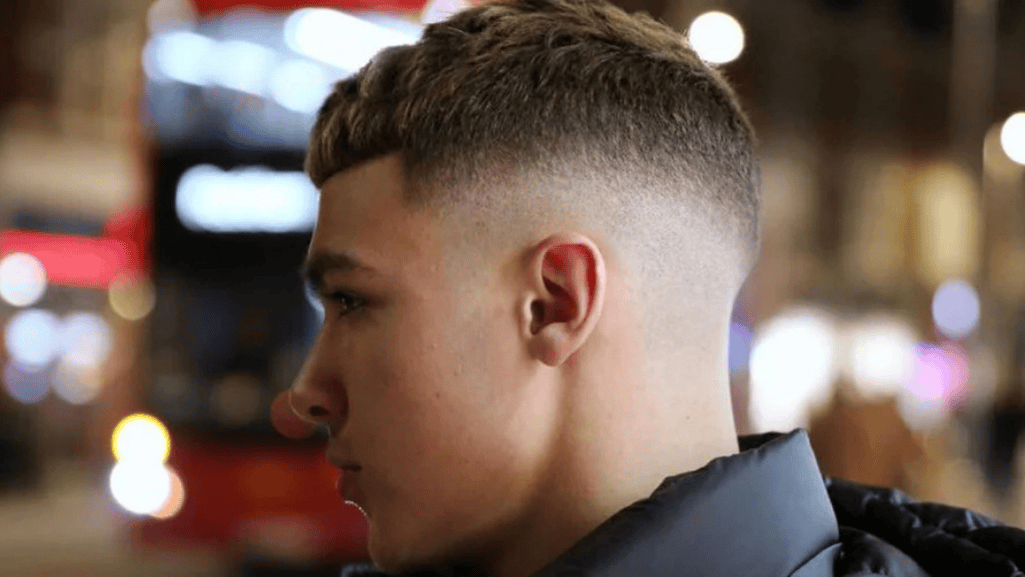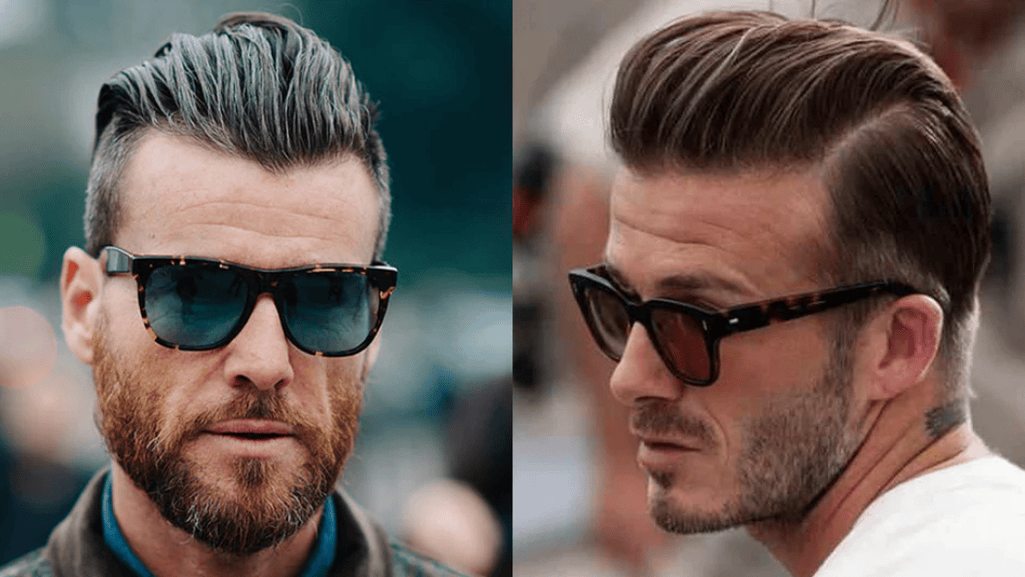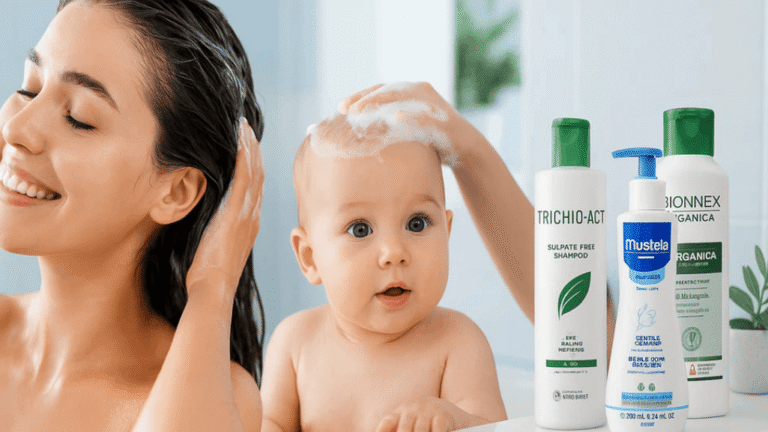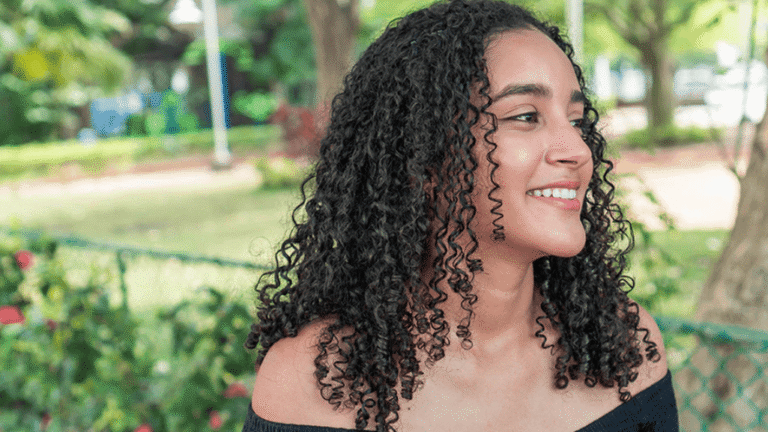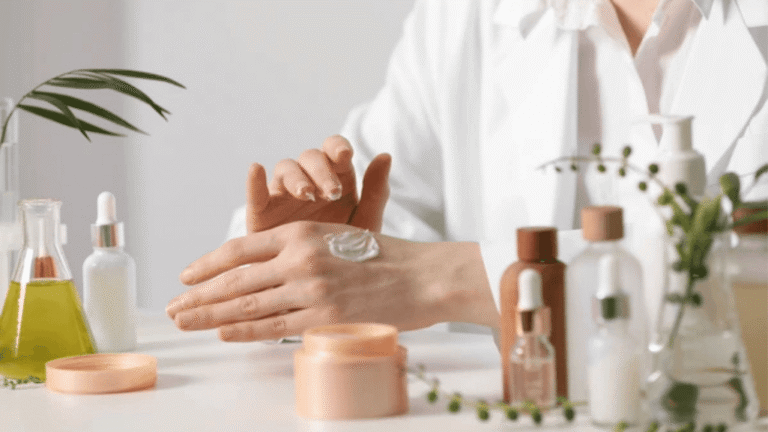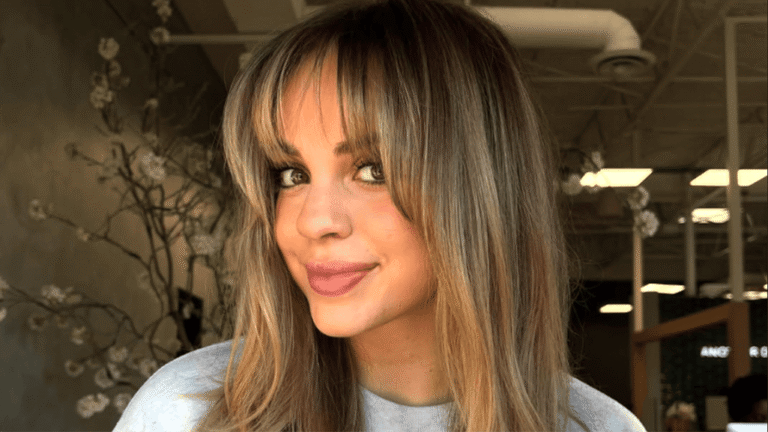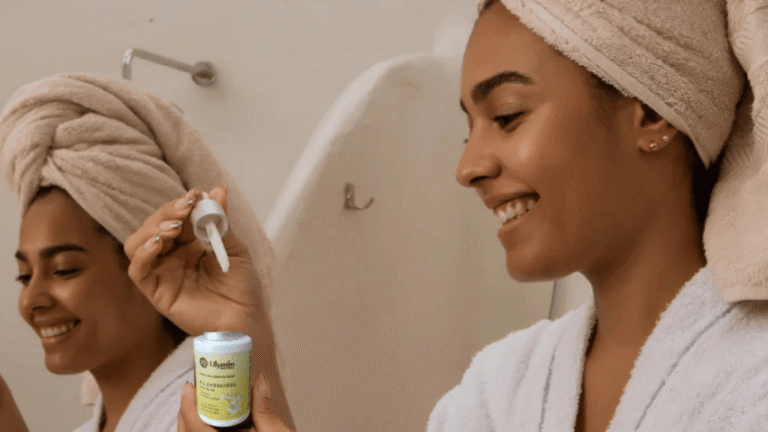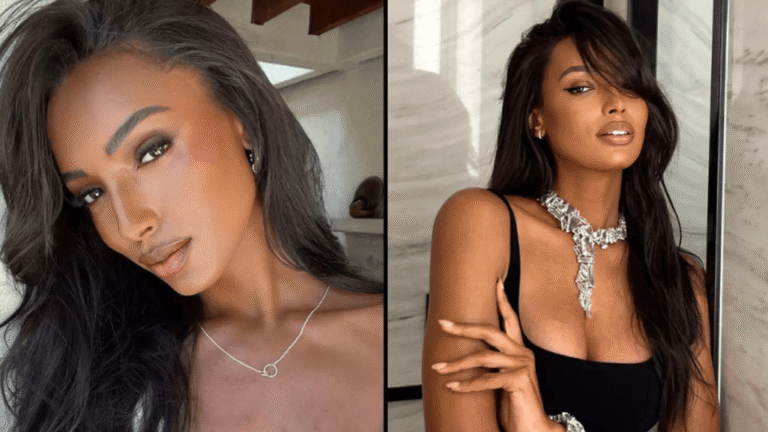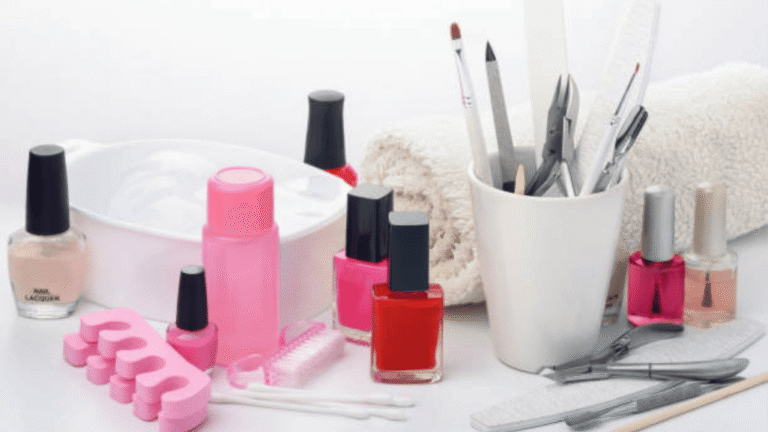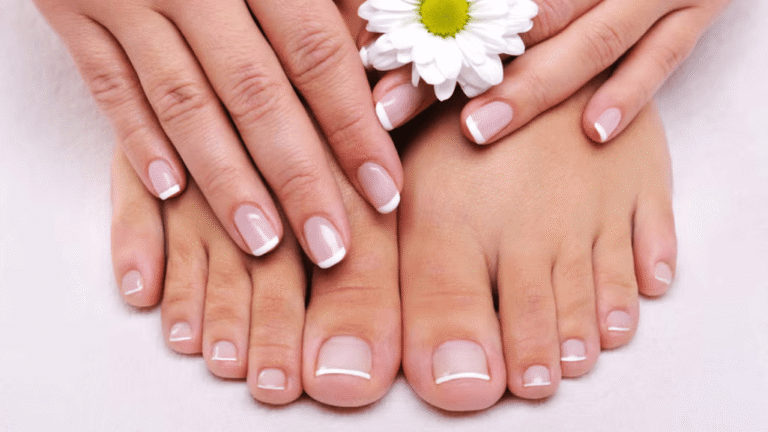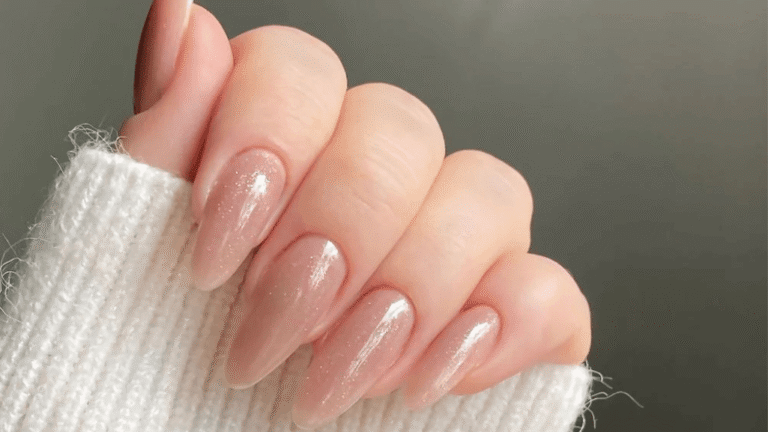The enduring appeal of fade cut hairstyles comes from their blend of clean lines and everyday practicality. Whether you prefer a subtle low fade or a bold skin fade, these cuts give a modern, polished look that suits many hair types, face shapes, and personal styles. Read on for quick pointers to pick the right fade and keep it looking sharp.
Best fashion retailers
From the understated low fade to a statement skin fade, these cuts deliver a sleek look that’s easy to adapt. Want a quick next step? Book a short barber consultation and ask for a face-shape assessment — it’s the fastest way to land the best fade for you.
Key Takeaways
- Fade haircuts give a modern, clean look that works for both professional and casual occasions.
- Modern fade trends mix classic cuts with texturized tops — consider your hair type and the desired contrast between top and sides.
- To find the best fade haircut for you, think about face shape, hair texture, and how much maintenance you want to commit to.
- Simple maintenance — regular trims and the right products — keeps fade cut hairstyles looking sharp with minimal daily effort.
- Pro tip: at your next barber visit, ask for a 5–10 minute consultation and bring a photo of the fade you like to ensure clean lines and the right contrast.
The Versatility of Fade Cut Hairstyles
Fade styles are prized because they adapt to almost any hair type and personal aesthetic. From low fade options that keep a softer silhouette to high fades that add drama and contrast between the top and faded sides, these haircuts give a clean, contemporary shape while allowing room for texture and movement on top.
Traditional fade cuts remain relevant because they pair easily with modern styling — a textured top, a cropped fringe, or even longer, swept-back looks. That makes fades a reliable choice for men who want both polish and personality.
Low Maintenance, High Style
Low-maintenance fades such as the buzz cut fade or short back and sides are ideal if you want a neat, low-effort look. They typically need only a trim every 2–4 weeks to keep the faded sides crisp, while the top can be left slightly longer to add texture and a natural finish.
Basic scalp care — moisturizing when hair is short and sun protection for exposed skin — keeps fades looking healthy. If you have a dry scalp or natural texture that flakes, choose a gentle, hydrating shampoo and consult your barber about product options.
The Perfect Blend of Traditional and Modern
Fades are flexible: a low fade keeps the sides understated while a textured top adds subtle volume; a mid fade balances contrast for round or heart-shaped faces; a high fade or taper creates stronger contrast and suits structured faces. Below is a quick reference to help you choose — use it when you talk to your barber.
| Fade TypeCharacteristicsStyling Flexibility | ||
| Low Fade | Subtle taper at the ears — great if you want a refined, professional finish. | Pairs well with textured tops, quiffs, and light product for natural movement. |
| Mid Fade | Starts near the temples for balanced contrast — a versatile middle ground. | Works with crops, pompadours, and mid-length texture on top. |
| High Fade / Taper | Bold contrast with more exposed sides — ideal for strong shapes and modern edge. | Best with textured or slicked tops for striking contrast and clean lines. |
| Skin Fade | Fades down to the skin for an ultra-clean finish — high contrast and polished. | Requires more frequent upkeep to maintain the crisp fade; great with short or textured tops. |
| Drop Fade | Curves behind the ear to follow head shape — adds a tailored contour. | Great for creative looks and pairing with longer tops or curls. |
These variations show how fades can be tailored to your hair texture and the amount of contrast you want between the sides and the top. When you sit down with your barber, mention your hair’s natural texture and how often you want to maintain the cut — that helps them choose the best taper, guard lengths, and styling approach for your look.
The Classic Slick Back with a Modern Fade
The slick back hairstyle is a timeless choice that reads especially modern when paired with faded sides. The contrast between a textured or voluminous top and clean, faded sides creates a refined silhouette — ideal for men who want clean lines with some movement on top.
Combining Sophistication and Edginess
A slick back with a mid or high fade balances polish and personality: the faded sides keep the profile neat while the top offers room for texture or shine. For straight hair, a glossy finish emphasizes clean lines; for wavy or slightly curly hair, a matte or textured finish adds movement without looking messy.
Styling Tips for the Iconic Slick Back
- Choose the Right Product: For a glossy slick back on straight hair, use a water-based pomade applied sparingly; for a textured, matte finish on wavy or curly hair, use a light wax or matte cream to keep movement without stiffness.
- Prepare Your Hair: Work product into towel-dried hair. For fine hair, use a small amount of volumizing mousse at the roots before styling; for thicker hair, a smoothing cream helps control bulk.
- Blow Drying: Blow dry while combing the hair back to set shape — use medium heat and a vent brush to create lift and controlled movement on top.
- Maintain Regular Trims: Ask your barber for a clean taper or fade with reference clipper numbers (for example, #1–#2 on the sides blending to a longer top) to ensure consistent clean lines and easier at-home styling.
- Flexible Styling: For daytime, aim for a textured slick back with a matte finish; for evening, add a touch more pomade for a sleeker, polished look.
These simple adjustments let you tailor the classic slick back to your hair type and the fade style you choose, delivering a look that has clean lines up close but plenty of movement and personality from the top.
Burst Fade Haircut: A Dynamic Modern Trend
The burst fade haircut stands out for its semicircular fade that wraps around the ear, creating a compact, eye-catching contrast between the faded sides and the hair on top. Because it follows the natural curve of the head, it adds shape and a subtle optical lengthening to the face while keeping the overall silhouette bold and modern.
Versatile by nature, the burst fade pairs well with textured tops, curls, mullets, and even a cropped fringe. It’s a go-to if you want a distinctive cut with clear contrast between the sides and top — ideal for men who want an edgy finish without sacrificing wearability.
Finding a barber experienced with burst fades is crucial — the shape must wrap smoothly around the ear and blend cleanly into the back. A good barber will adapt the burst fade to your hair type and desired contrast, and can recommend clipper numbers and guard placements to match your face.
| Fade TypePopularityYear Mentioned | ||
| Classic Fade | High | 2024 |
| High Fade | Medium | 2024 |
| Burst Fade | Very High | 2024 |
| Mid Taper Fade | High | 2024 |
If you’re booking a burst fade, tell your barber you want a semicircular fade around the ear that blends into a longer top — a typical brief is “burst fade around the ear, blend to a #2 at the sides, leave 2–3 inches on top” (your barber may adjust guard numbers for your head shape). Expect monthly touch-ups to keep the semicircle crisp, and ask your barber how the cut should be styled for your hair’s natural texture and desired finish.
Trendy Fade Cuts Perfect for Professional Settings
Professional settings favor fades that read polished at a glance. A low fade or subtle mid fade keeps the sides tidy while allowing a conservative top — like a textured crop or soft quiff — to add personality without breaking dress codes. These trendy fade haircuts give a modern edge while remaining office-appropriate.
To pick the right fade for work, think about face shape, hair density and how much daily styling you’ll do. Low fades suit round or oval faces and read as understated; mid fades pair well with cropped tops; high skin fades create a sharper silhouette that pairs best with structured, confident looks.
| Fade StyleRecommended Face ShapeSuitable Professional Setting | ||
| Low Fade | Oval, Round | Formal meetings, client-facing roles |
| Mid Fade with Crop Top | Round, Heart-shaped | Creative teams, smart-casual offices |
| High Skin Fade with Textured Top | Oval, Square | Casual workdays, team events |
| Skin Fade Pompadour | Oval, Rectangular | Evening events, formal occasions |
| Temple Fade with Curly Top | Versatile for many faces | Everyday office wear, semi-formal events |
Quick barber brief — say: “I want a neat low fade, blended into a textured top; keep the sides tidy and leave length on top for natural movement.” Mention the face shape and how often you want trims so your barber can recommend exact guard numbers and finish (matte or shine).
Maintenance note: most professional fades work best with a touch-up every 2–3 weeks; if you prefer less frequent visits, ask your barber to leave slightly more length on the sides to soften regrowth. Booking a short consultation before your cut ensures the finished style suits your workplace and lifestyle.
Celebrity-Inspired Fade Cut Hairstyles to Try
Celebrities often set the tone for fade trends — they demonstrate how to make a fade suit different face shapes, hair types and lifestyles. Whether you’re inspired by red‑carpet polish or street-style edge, celebrity fade hairstyles show practical ways to wear contrast, texture and finish.
High-Profile Styles on the Red Carpet
Red carpet looks highlight how a fade can read ultra‑polished. Think slicked‑back high fades or neat low tapers combined with a controlled top: the contrast creates a strong silhouette while keeping the overall finish refined. Use celebrity photos to show your barber the exact balance of length and sheen you want.
Fade Cuts That Have Made a Mark in Hollywood
Fade haircuts in Hollywood range from classic tapers to bold burst fades and textured crops. Take cues from stars — a cropped top with a clean low fade reads professional and modern, while longer, bleached tops with faded sides make a younger, statement look. Adapt the celebrity version to your hair type and the level of contrast you want.
If you like a celebrity look, bring a photo and ask your barber how to tailor it to your hair density: for example, request a mid fade with textured top for a fuller appearance, or a temple fade with curls left on top to showcase natural movement.
| Haircut StyleRequired Hair LengthNumber of ProductsPopular Among | |||
| Classic Quiff | 3-4 inches | Texture powder | General popularity |
| Sam Claflin’s Messy Hairstyle | Longer for a tousled look | Salt spray | Younger actors |
| David Beckham’s Faux Hawk | Varies | Texture powder | Sports personalities |
Use celebrity looks as inspiration — then adapt length, contrast and finish to your hair’s natural texture. That way you get the impact of a star-inspired style without trying to mimic hair that behaves differently than yours.
Low Fade Haircut Ideas for a Subtle Transition
Low fade haircut ideas are popular because they deliver a clean, subtle transition that complements most hair types and face shapes. A low fade typically starts just above the ear and blends into the back, keeping the sides understated while allowing the top to show texture, volume, or a soft fringe.
Pair a low fade with a textured top for a modern, wearable look — the textured pompadour, Tousled Top, or a sharp quiff are all excellent choices. These styles highlight natural texture while keeping a neat silhouette at the sides.
| HairstyleKey FeaturesStyling Needs | ||
| Curly Mullet with Low Fade | Retro shape meets modern fade | Regular conditioning and curl-defining products |
| Pompadour with Low Fade | Volume on top, subtle sides | Volume products, blow-dry for lift |
| Short Back and Sides | Clean, understated finish | Minimal product, occasional trims |
| Quiff with Low Fade | Front volume, polished sides | Volume-boosting products, texture powder |
| Wavy Pompadour with Low Fade | Playful waves, controlled sides | Lightweight mousse or sea salt spray |
Do: If you have thinning hair, keep a little extra length on top and ask for a softer blend to minimize visible scalp. Don’t: ask for an aggressive low fade that sits too close to the hairline — it can make thin areas more obvious.
Quick barber brief: say “low fade starting just above the ear, blended to the back, leave X inches on top for texture.” If you want numbers, suggest a #1–#2 near the bottom of the fade blending to a longer guard on top — your barber will adjust for your head shape.
Low fades are a versatile, modern haircut that work across ages and professions — keep the right product on hand (matte cream or light pomade) to preserve texture without weighing the top down.
Skin Fade Haircut Inspiration for a Bold Look
The skin fade is the go‑to for men who want a sharp, ultra‑clean finish. By blending hair down to the skin, it creates strong contrast between the sides and the top — a finish that reads confident and contemporary. It works with many hair types, from straight to curly, and pairs well with textured tops or classic pompadours.
Getting a great skin fade is as much about the barber’s skill as the idea itself — the transition must be smooth and the edges precise. Before your cut, tell your barber your hair type and desired level of contrast so they choose the right taper and guard progression for a clean result.
A Guide to Achieving the Sleek Skin Fade
Quick barber brief: say “skin fade starting at the nape with a #0–#1, blended up to a #2–#3 at the sides, leave X inches on top for texture.” Mention your hair type so your barber can recommend whether to aim for a higher contrast or a softer taper.
How to Maintain Your Skin Fade
Keep your skin fade crisp with regular touch-ups — typically every 2–3 weeks for the closest fades, or 3–4 weeks for softer blends. Use a gentle moisturizer on exposed skin and a sulfate‑free shampoo to protect scalp health, especially for very short fades.
Care tip: if you have sensitive skin, ask your barber to avoid nicking the skin during very close fades and use a soothing post‑shave balm. For sun protection, apply SPF to exposed areas after your cut when spending extended time outdoors.
Fade Cut Hairstyles
Fade cut hairstyles continue to evolve, offering options from conservative to statement-making. They remain a top choice for men seeking a clean, modern look that’s easy to maintain while letting the top express texture and personality.
The Go-To Option for Stylish Men
Popular variations — low skin fades, mid fades, high skin fades, drop fades and burst fades — each offer a different level of contrast and maintenance. Pairing the right fade with a complementary top (crop, quiff, pompadour, or textured top) tailors the cut to your lifestyle and face shape.
Finding the Best Salons for Your Next Fade
To find a great fade cut barber, look for shop portfolios that show clear work on faded sides and clean tapers. Read recent reviews, ask about experience with the specific fade you want (skin, burst, drop), and confirm how they handle different hair types and lengths.
| Fade TypeBest Face ShapeStyling Frequency | ||
| Low Skin Fade | Circle, Square, Round | Low maintenance |
| Mid Fade Buzz Cut | All face shapes | Regular maintenance |
| High Skin Fade | Best for longer faces | Bi-weekly trimming |
| Drop Fade | Oval, Diamond | Regular styling |
| Burst Fade | Round, Square | Monthly check-ups |
Choosing the right barber is as important as choosing the fade. Look for examples of fades in their portfolio, read recent reviews, and ask specific questions about guard numbers, how they handle the sides and back, and how long the style will stay sharp between visits. A quick checklist — portfolio, recent reviews, clear consult — will help you find a barber who delivers the look you want.
Styling Your Fade: Tips from the Pros
A great fade looks effortless because of the right styling routine and products. Below are pro tips on choosing products, preserving volume and movement on top, and keeping the sides and back clean. These are practical, easy-to-follow steps that work for most hair types and fade styles.
Using the Right Products for Your Fade Cut
Choose lightweight, non‑greasy products that match the finish you want: water‑based pomades for shine and control; matte waxes or creams for textured, natural movement; and texture powders for lift at the roots. For most fades, a pea‑sized amount of product is enough to start — add more sparingly. Always work product through slightly damp hair for even coverage.
Keep your shampoo and conditioner focused on scalp health: a gentle, moisturizing shampoo and a light conditioner prevent dryness and flaking that show on short fades. For hair that needs volume, use a root‑lifting shampoo or lightweight mousse before styling.
How to Keep Your Fade Looking Fresh
Regular trims are the easiest way to maintain a crisp fade — aim for a barber visit every 2–3 weeks for closer fades, or 3–4 weeks for softer blends. Keep the neckline tidy between visits by gently cleansing and, if comfortable, using a personal trimmer for small touch‑ups around the ears and nape. Communicate with your barber about how sharp you want the lines: for example, ask for a slightly softer blend if you prefer fewer trips to the shop.
If you’re aiming for volume on top, use a heat protectant and blow‑dry with a round brush or your fingers to lift roots before applying a volume product. For movement and texture, finish with a matte cream or wax and work it through the hair using your fingers to create separation.
At-Home Touch-Ups and Safety
A good pair of clippers is handy for small trims, but only attempt simple maintenance — like cleaning the neckline — unless you’re experienced. If you do use clippers, follow safety tips: use the correct guards, work slowly, and avoid cutting into the faded area without practice. When in doubt, book a barber touch‑up.
Summary checklist: pick water‑based pomade for shine or matte wax for texture; apply small amounts and build up; blow‑dry for volume when needed; trim every 2–4 weeks depending on fade type; and consult your barber about guard numbers and finish so your at‑home routine supports the professional cut.
Conclusion
Fade haircut trends are where technique meets personal style. From understated low fades to bold skin fades, each variation highlights a barber’s skill and gives you options to express your look. The best fade for you balances face shape, hair type, and the amount of maintenance you’re willing to commit to.
Quick guidance: square faces often benefit from softer transitions to reduce angularity; oval faces can wear most fades and styles. Always discuss desired contrast (how short the sides are relative to the top) with your barber — using photos and clipper guard numbers makes instructions precise.
Before you go, one practical tip: bring a photo of the fade you like and a short brief such as, “low fade starting just above the ear, blended to a #2 at the sides, leave 2 inches on top for texture.” That level of detail helps get the exact cut and finish you want.
FAQ
What defines a fade cut hairstyle?
A fade cut blends shorter sides and back into longer hair on top, creating a polished contrast and clean lines.
How often should I get a fade touched up?
Touch-ups depend on the fade type: 2–3 weeks for high or skin fades; 3–4 weeks for low or softer blends.
What products work best for fades?
Light, non‑greasy products: water‑based pomades for shine, matte creams or waxes for texture, and texture powders for lift and volume.
How do I describe the fade I want to my barber?
Bring a photo and give a short brief: e.g., “low fade starting above the ear, blended to a #2, leave 2 inches on top for texture.” Ask about guard numbers for clarity.
Which fade suits my face shape?
Low fades are versatile for oval and round faces; mid fades suit many shapes; high fades or tapers work best with strong jawlines. Consult your barber for tailored advice.


